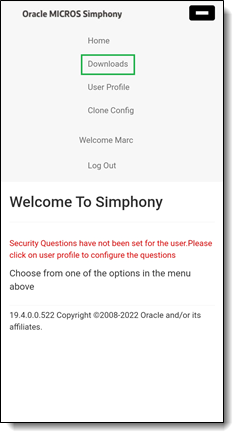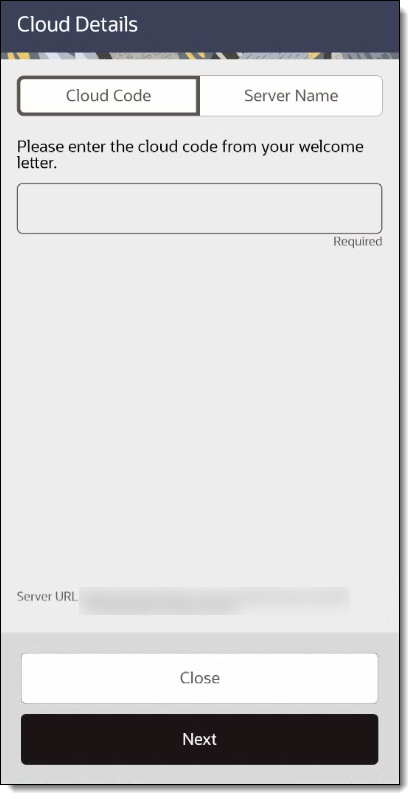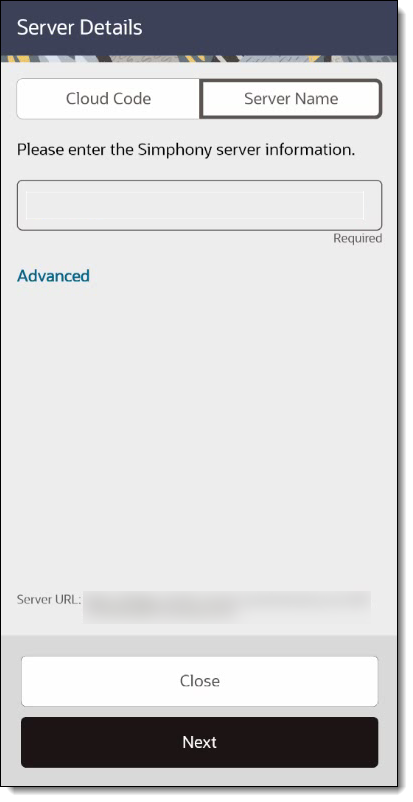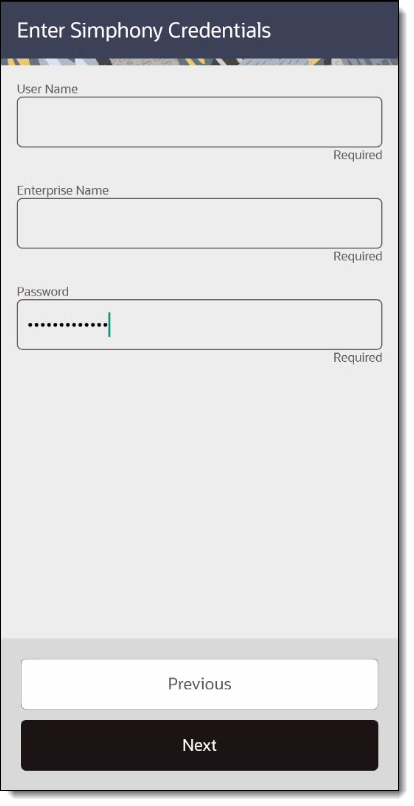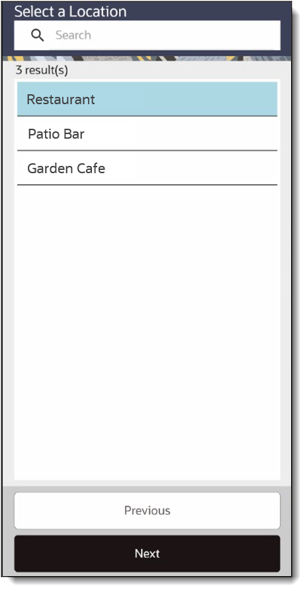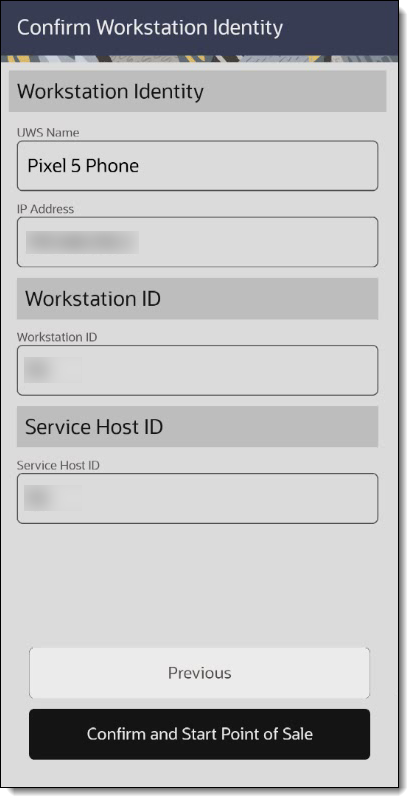Installing the Android Service Host
-
Starting with Simphony version 19.3.1, you do not need to use CAL to install, upgrade, or downgrade the Android Service Host. This section describes the steps required to install the Android Service Host using Simphony version 19.3.1 and later.
Important:
-
Starting with Simphony version 19.3.1, access the EMC, select the property, click Setup, Workstations, Options tab, and then select the Hardware/Cash Drawer tab. Under the Hardware/Cash Drawer section, ensure option 68 - Third Party Managed Device is disabled (which is the default setting) for each Android workstation.
-
All of your Android workstations and tablets must be configured in the Workstations module using the 6 - Tablet Client setting as the Type.
-
-
If you are using Simphony version 19.3 or earlier, you need to use CAL to install or upgrade the Android Service Host. See the, Installing CAL on the Android Device topic for instructions to install the Android Service Host.
Install the Simphony Android Service Host APK for the first time on a new Android device. Login credentials are required for the Simphony EMC and the device in order to install the Android Service Host for the first time.
To install the Android Service Host on Simphony 19.3.1 and later:
Parent topic: Android Device Workstations


